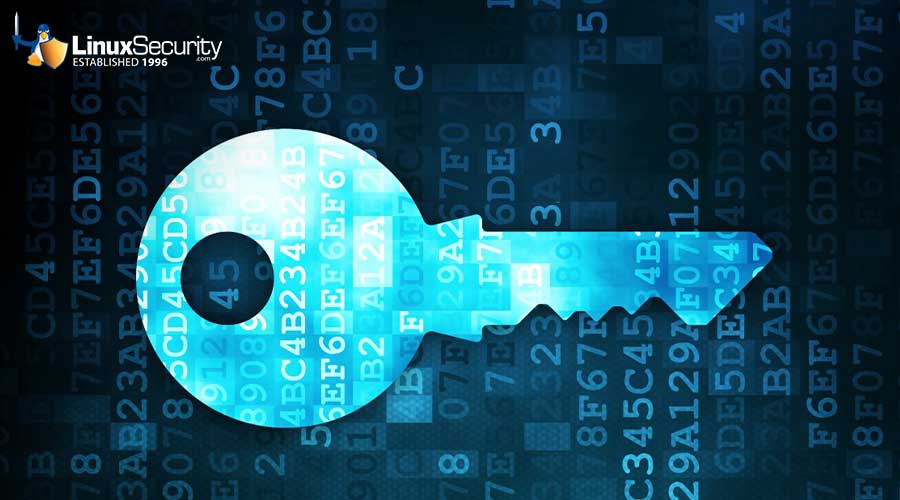Network Forensics: Tapping the Internet
Just before penetrating the PACFLEETCOM computer and reading the Navy's email, the hackers hopped through a computer at Los Alamos Laboratory. And unknown to the attackers, every packet in or out of Los Alamos over the Laboratory's Internet connection was recorded and preserved for later analysis on magnetic tape.
The incident in the Persian Gulf became a cause celebre in the years that followed. Tsutomu Shimomura bragged about the incident in his book Takedown. Many experts in the field of computer security used the story as proof, of sorts, that the U.S. military was asleep at the switch when it came to computer security.






![Multiple Chromium DoS, Info Disclosure Vulns Fixed [Updated] 23.Tablet Connections Esm W300](/images/articles/900x500/23.Tablet_Connections.jpg#joomlaImage://local-images/articles/900x500/23.Tablet_Connections-esm-w300.jpg?width=900&height=500)
















